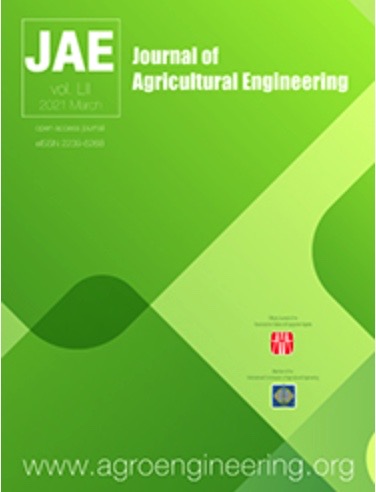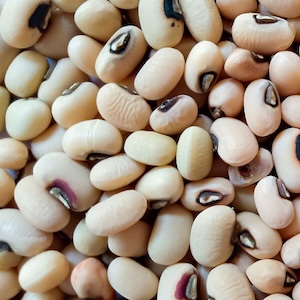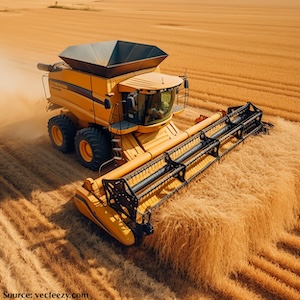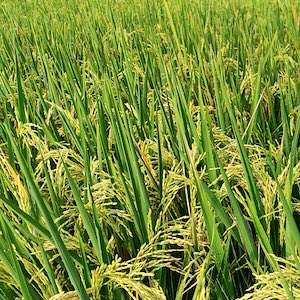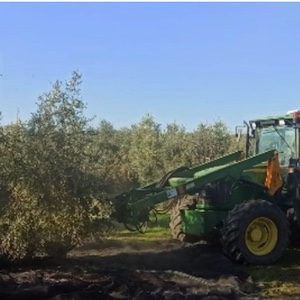Assessing the effect of barns structures and environmental conditions in dairy cattle farms monitored in Northern Italy

All claims expressed in this article are solely those of the authors and do not necessarily represent those of their affiliated organizations, or those of the publisher, the editors and the reviewers. Any product that may be evaluated in this article or claim that may be made by its manufacturer is not guaranteed or endorsed by the publisher.
Authors
Animal welfare is a fundamental pillar for livestock farming, and it can be endangered by a series of aspects, among which is the presence of undesired microclimates. This condition can be monitored by measuring the temperature-humidity index (THI), an index able to inform about the emergence of heat-stressing conditions in the barns. The THI can be influenced by the external environmental conditions and the barn structure, orientation, thermal buoyancy, and roof insulating materials. In order to evaluate these structural aspects of buildings and the consequent microclimate, in this study, a survey was carried out in 8 dairy cattle barns located in the northern part of Italy that were monitored continuously during thermoneutral, warm, and cold periods. Experts observed the structural aspects ,and the environmental parameters were measured with sensors. From the results emerged that the barns had structural characteristics that considerably affect the internal microclimate, with openings, roof height, forced ventilation, and building orientation playing a significant role in estimating of the THI in the barn. The more critical period was the warm one when the structures could not mitigate the external conditions, and THI exceeded the threshold of 72 for a big share of the period in all monitored farms (range between 50-80% of observations). In the best situation, the cooling systems were able to maintain the external conditions. The results confirm the importance of the barn design and of an appropriate ventilation to improve air exchanges.
How to Cite

This work is licensed under a Creative Commons Attribution-NonCommercial 4.0 International License.

